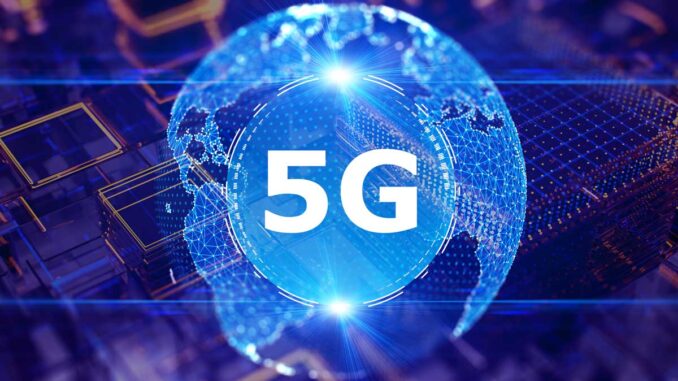
The 5G physical network is the underlying infrastructure that enables 5G wireless communication. It consists of the physical components and technologies that transmit and receive data between the network and end-user devices. Here are some key aspects of the 5G physical network:
Network Architecture – The 5G physical network is based on a new, more complex architecture than its predecessors (4G, LTE). The main components are:













RAN (Radio Access Network): This is the part of the network that connects end-user devices to the internet. In 5G, the RAN is split into multiple components, including the gNB (gNodeB), which is the cell site, and the RRU (Remote Radio Unit), which is the antenna.
Core Network: This part of the network manages data transmission, authentication, and other network functions.
Backhaul Network: This network connects the RAN to the core network and provides the high-speed transmission required for 5G.
Key Technologies
Some of the key technologies that enable the 5G physical network include:
Millimeter Wave (mmWave): mmWave operates at frequencies above 24 GHz, providing higher speeds and lower latency.
Massive Multiple-Input Multiple-Output (MIMO): This technology uses multiple antennas to improve transmission speeds and reduce interference.
Beamforming: This technique allows the network to focus energy on specific devices, improving reception and reducing interference.
Software-Defined Networking (SDN): SDN allows the network to be programmed and controlled by software, enabling more efficient and flexible network management.
Network Function Virtualization (NFV): NFV allows network functions, such as routing and firewalls, to be virtualized and run on standard servers, reducing costs and increasing flexibility.
Cell Types
The 5G physical network uses multiple cell types to provide different types of coverage and services, including:
Macro cells: These are large cells that provide wide area coverage.
Micro cells: These are smaller cells that provide coverage within specific buildings or areas.
Picocells: These are tiny cells that provide coverage in small areas, such as a single office or home.
Femtocells: These are even smaller cells that provide coverage in very small areas, such as a single room.
Radio Access
The 5G physical network uses multiple radio access technologies, including:
NR (New Radio): NR is the 5G radio access technology that operates at millimeter wave frequencies.
4G LTE: 4G LTE is used to provide backward compatibility and seamless handovers between the 4G and 5G networks.


Leave a Reply